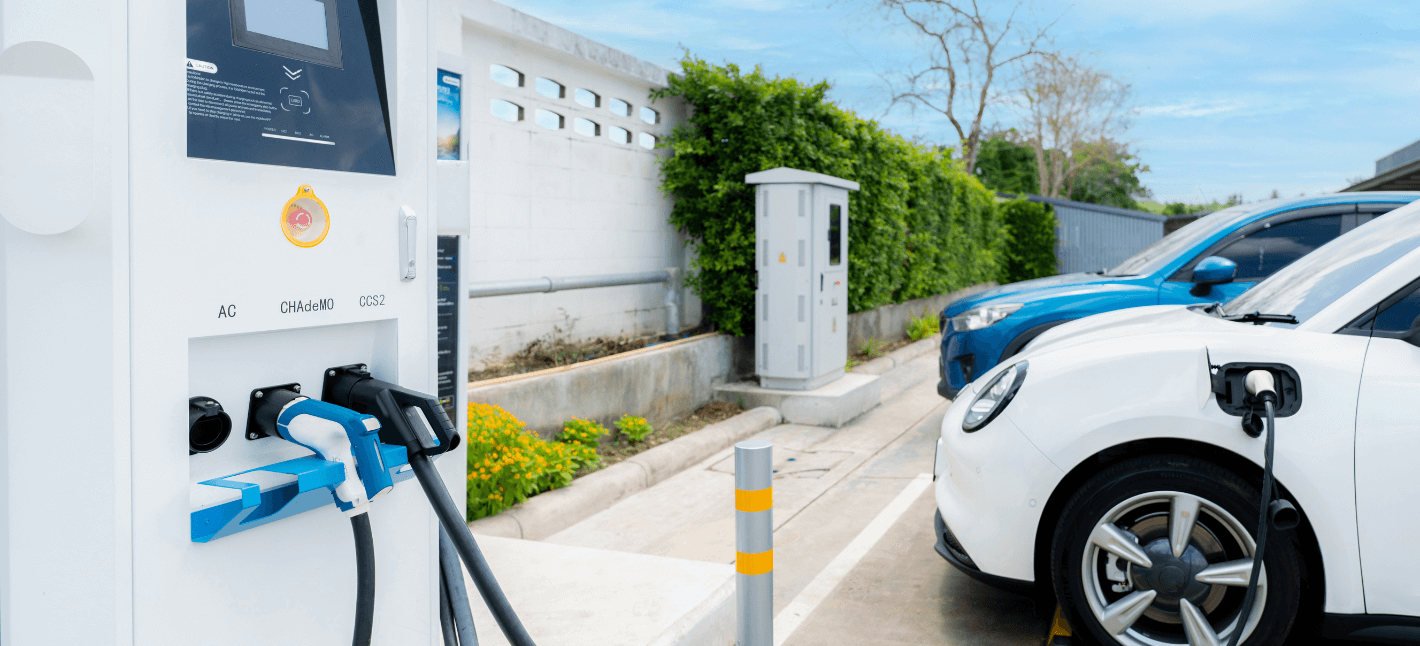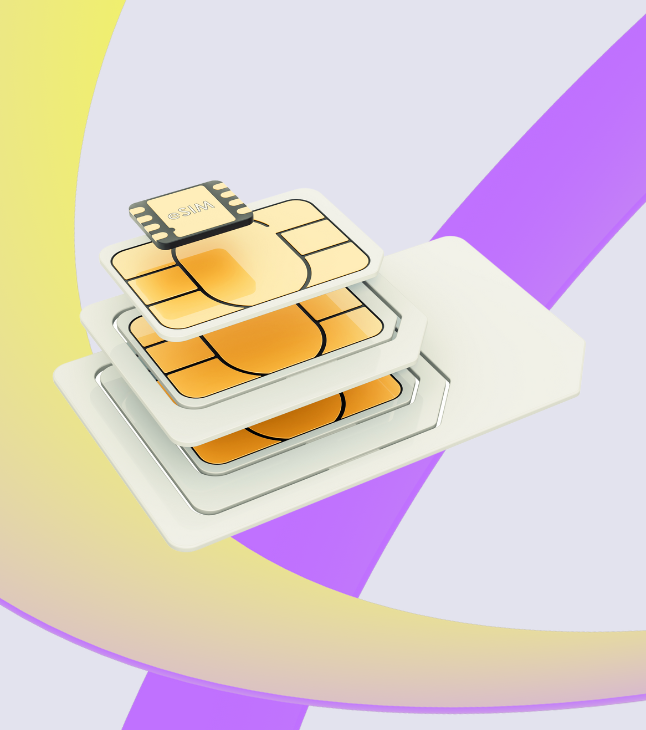The automotive industry has always been the first to adopt new technologies. This is because the industry deals with high-priced products, and consumers often look for innovation when purchasing. The automotive industry is about mobility, as is the Internet of Things (IoT). This blog represents how IoT connectivity can transform the Automotive domain.
Introduction to IoT in Automotive
Automotive is an industry with a large luxury segment where innovation is valuable to buyers as well as manufacturers. Through IoT, the automotive industry can implement a variety of solutions that can assist drivers and implement their driving experience.
The use of IoT in automotive vehicles starts with different IoT sensors and IoT devices that can act as an advanced driver-assistance system. IoT in automobiles is about improving safety, navigation, diagnosis, and insights into the driving experience.
How can IoT connectivity drive the automotive industry?
Any vehicle on the road is mobile, and a decade ago, there was no traceability, connection, insights, or guidance about these automotive products. IoT connectivity can change the way of driving, minimize traffic congestion, optimize fuel consumption, improve road safety, and establish traceability.
Here are some use cases of IoT/M2M devices working in the automotive domain:
- IoT fleet management:
Manually managing a fleet of vehicles can be tedious as it used to require manual measurement and logging of weight, location, and timely arrival, among many other measures. Global SIM card IoT devices with the required sensors can allow the ultimate traceability of fleets.
It can also share fuel statistics and route suggestions with hassle-free communication across different networks managed via an IoT connectivity management platform.
- Smarter parking management with IoT:
Parking is an essential aspect of owning a vehicle. In concentrated areas of urban cities, it is often hard to lend a parking spot without roaming around. This challenge leads to traffic congestion and fuel consumption. With IoT connectivity, one can reserve a spot or find an empty one right from their phone.
- IoT for predictive maintenance:
Predictive maintenance is another gift of IoT device monitoring and M2M communication. With the right sensors on the vehicle and an OBD device, manufacturers can gather vehicle information like vibrations, temperatures, leakage, etc. That information can be analyzed to give customers predictions before any potential breakdowns can take place.
- Connected cars:
Connected cars are another popular adoption of IoT as they can lead to full-autonomous cars with driving assistance systems. These cars would leverage the CV2X (cellular vehicle to everything) IoT network with M2M SIM cards to communicate with other vehicles, infrastructure, transport networks, and pedestrians.
- Autonomous vehicle and telematics:
Other widespread IoT connectivity uses in the automotive industry include IoT-infused autonomous vehicles. This can help minimize the decision-making for drivers with automated braking, acceleration, warning, and driving instructions. The necessary data can be stored on the cloud, including any accidental footage for further use.
Similarly, Telematics with IoT connectivity allows owners to get real-time updates about their vehicles. For example, it can share engine statistics, theft attempt alerts, and driving pattern reports.

IoT-Enabled Connected Cars: From Infotainment to Vehicle-to-Everything (V2X)
Connected cars refer to connecting automobiles with internet connectivity for a handful of objectives. Through IoT network connectivity, automobiles can offer better in-vehicle infotainment systems and communicate with the outside world- called Vehicle-to-Everything (V2X).
Examples of IoT-enabled connected cars for infotainment and Vehicle-to-Everything (V2X):
- Real-time navigation instructions:
The GPS-enabled navigation system is a driver’s best helper, as drivers can now get directions and browse nearby gas stations, motels, and restaurants. - Multimedia access:
Through IoT, automobiles can now stream music, videos, and other multimedia content anywhere in the world, providing better awareness and entertainment to users. - Voice assistant:
AI voice assistants are the next cool thing in the automotive sector. As such, they allow users a handful of useful functionalities such as making calls, sending texts, finding routes, and playing music through options like Siri and Google Assistant. - Vehicle-to-Vehicle (V2V): Vehicles can communicate with nearby vehicles to exchange information, such as driving intentions, to prevent collisions and improve driver safety.
- Vehicle-to-Infrastructure (V2I):
IoT solutions in the automotive industry can help cars to communicate with different infrastructure elements such as toll gates, parking spaces, and smart buildings. - Vehicle-to-Pedestrian (V2P):
V2P can help alert drivers about pedestrians to reduce accidental occurrences. Connected cars can detect pedestrian movements through their smartphone locations nearby. - Vehicle-to-Cloud (V2C):
Connected cars can record stats and upload data about vehicle performance and breakdowns to the cloud. AI can leverage this data for remote diagnosis and predictive maintenance of cars.
Advancements in Autonomous Driving with IoT Sensors and Analytics
In addition to the above features and applications, IoT in the global automotive market can lead to certain advantages and upgrades, as given below.
IoT-Enabled Fleet Management and Logistics in Transportation
IoT-enabled devices can communicate with the vehicle’s onboard diagnosis to detect and transmit a vehicle’s state for better fleet management and logistics. Organizations can keep an overview of the entire fleet of vehicles, including vehicle status, location, speed, etc.
Improving Vehicle Performance through Predictive Maintenance with IoT Sensors
Through the vehicle’s state, vibrations, fuel levels, and engine temperature, IoT sensors can help predict the vehicle’s overall performance and health. This information can represent the vehicle’s health and allow users to perform predictive maintenance.
Enhancing Driver Safety with IoT-Enabled Collision Detection and Emergency Services
Accidents are the most unfortunate part of any driver’s experience. IoT technology can help minimize the negative impact of such accidents by using automotive IoT solutions for collision detection and implementing automatic responses to calls for emergency help.
The automotive domain is filled with different concepts of IoT innovations. This massive acceptance of automotive IoT can be confirmed by looking at IoT implementations by leading automotive companies. It is safe to say that the next generation of car manufacturers might be using IoT in automotive as a bare minimum, whether it is for autonomous vehicles or advanced driver assistance systems.
The future of the automotive industry with IoT
A simple IoT SIM card can connect a vehicle to a network full of possibilities. This growing use of IoT in the automotive sector is proof that automotive IoT can create more value down the road. Connect with Freeeway now to discuss how we can help you with your connected car solutions!
Your form entry has been saved and a unique link has been created which you can access to resume this form.
Enter your email address to receive the link via email. Alternatively, you can copy and save the link below.
Please note, this link should not be shared and will expire in 30 days, afterwards your form entry will be deleted.



